Each year, APS recognizes outstanding achievement in research, education, and public service. This year’s fall award recipients, listed below, were selected from hundreds of nominees from across the physics community. APS congratulates them and applauds their dedication to science.
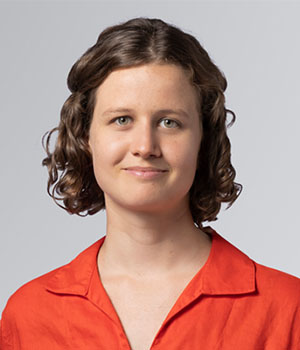
She earned the award “for an insightful and comprehensive study, based on innovative and elegant laboratory experiments, numerical analysis and theoretical modeling, of the non-linear dynamics of Jupiter, including its shallow vortices, deep jets, and their complex interactions.”
Lemasquerier—a postdoctoral fellow at the University of Texas—received her doctorate from the Institut de Recherche sur les Phénomènes Hors Equilibre in Marseille, France.
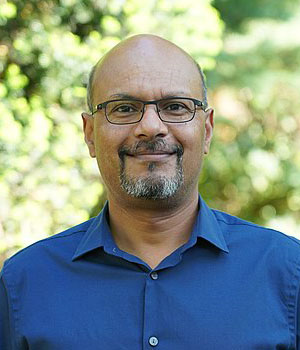
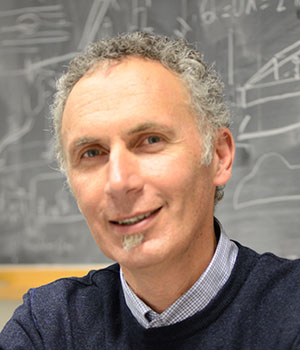
They earned the award “for seminal and visionary contributions to the development of immersed boundary methods, and for elegantly applying these methods to reveal the physics of a wide variety of fluid flows in complex geometries, including animal locomotion and heart flows.”
Mittal (left) is a faculty member at Johns Hopkins University in Maryland. Verzicco is a faculty member at the Università di Roma "Tor Vergata" in Rome, Italy; the Gran Sasso Science Institute in L'Aquila, Italy; and the University of Twente in Enschede, the Netherlands.
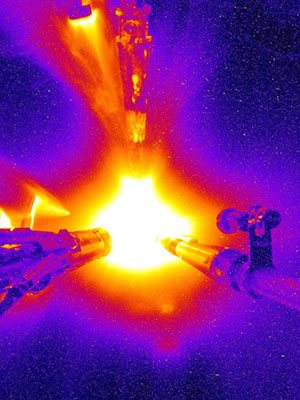
The team earned the award “for the first laboratory demonstration of a burning deuterium-tritium plasma where alpha heating dominates the plasma energetics.”
The team, whose members span institutions, conducted their work at the NIF at Lawrence Livermore National Laboratory in California.
Photo: Colorized image of a NIF “Big Foot” deuterium-tritium implosion, taken on Feb. 7, 2016. Credit: Don Jedlovec / NIF.

She earned the award “for a ground-breaking exploration of the liquid-solid interface, leading in particular to a quantitative understanding of the Navier slip condition, based on an exquisite surface force apparatus developed for this purpose.”
Charlaix is a faculty member at the Universite Grenoble Alpes in Grenoble, France.
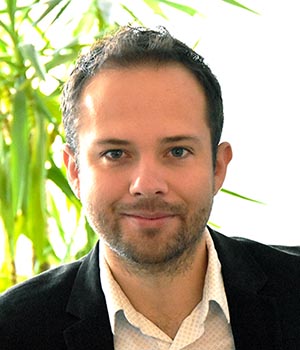
He earned the award “for novel studies of exotic nuclei using precision laser spectroscopy measurements, including the first spectroscopy of short-lived radioactive molecules.”
Ruiz is a faculty member at the Massachusetts Institute of Technology.
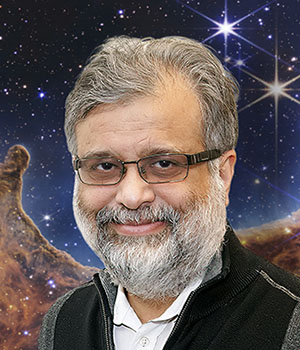
He earned the award “for seminal theoretical investigations of a wide range of fundamental plasma processes, including magnetic reconnection, magnetohydrodynamic turbulence, dynamo action, and dusty plasmas, and for pioneering contributions to linking laboratory plasmas to space and astrophysical plasmas.”
Bhattacharjee is a faculty member at Princeton University in New Jersey.

She earned the award “for theories of fusion alpha heating and metrics to assess proximity to thermonuclear ignition in inertially confined plasmas, and for the development of a novel measurement of hot electron preheat and its spatial distribution in direct-drive laser fusion.”
Christopherson—a scientist at the Lawrence Livermore National Laboratory—received her doctorate from the University of Rochester in New York.

He earned the award “for theoretical contributions to our understanding of plasma waves and turbulence in astrophysical plasmas and the solar wind, and for the discovery and characterization of a broad class of instabilities in dusty astrophysical plasmas.”
Squire is a research fellow at the University of Otago in Dunedin, New Zealand.
©1995 - 2024, AMERICAN PHYSICAL SOCIETY
APS encourages the redistribution of the materials included in this newspaper provided that attribution to the source is noted and the materials are not truncated or changed.
Editor: Taryn MacKinney
October 2022 (Volume 31, Number 9)
Articles in this Issue

